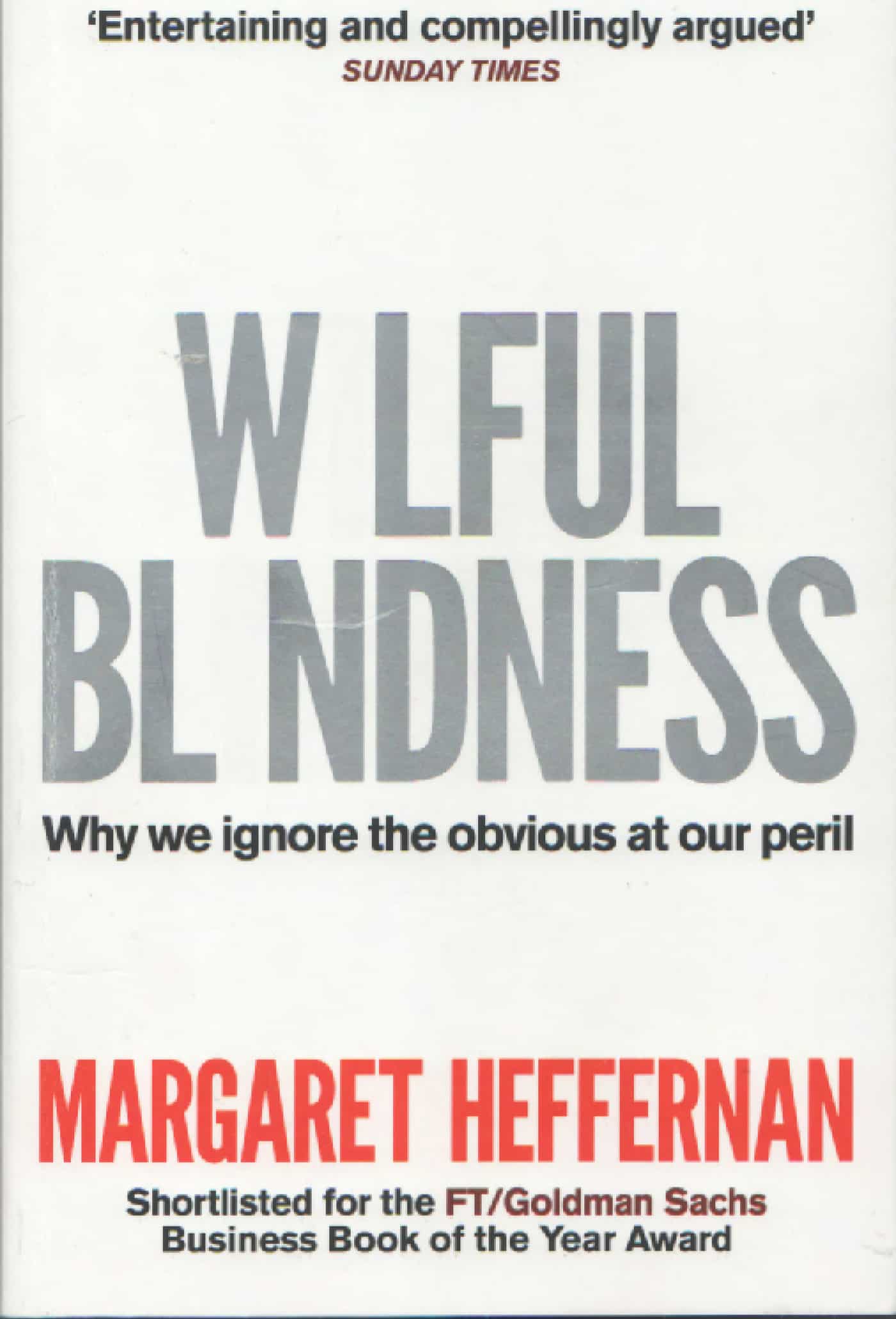On 12 July 2012, SafetyAtWorkBlog described Moira Rayner as the “stand out speaker at the public hearing into workplace bullying conducted in Melbourne Australia. She was always on topic and spoke of her own experience of being accused of bullying. The Hansard record of that hearing is now available online and deserves some analysis to illustrate Rayner’s points but to also to expand our understanding of workplace bullying and the Committee’s operation.
Moira Rayner
As a representative of the Law Institute of Victoria, Moira Rayner, questioned the existing definition of workplace bullying favoured by Australian OHS regulators and said that the definition requires case studies and examples of workplace bullying so that people understand the application of the definition in reality. Many case studies are available in the bullying/OHS/HR literature but these are rarely communicated to community except by labour lawyers through bulletins or by media releases from OHS regulators that rarely gain attention beyond the media editors.
Rayner addressed the confusion in the workplace bullying definition from its reliance on “unreasonableness”:
“It seems to me that unreasonableness or the claimed reasonable purpose of the behaviour needs to be, again, spelled out. You hit on the crux of the matter, Madam Chair, when you say that it is Continue reading “Bullying Hansard provides hope, despair and extraordinary claims”



